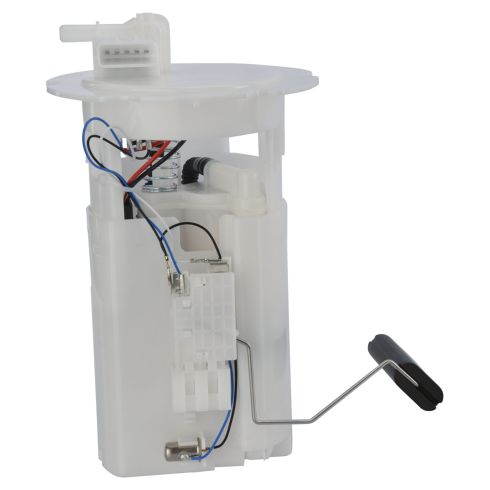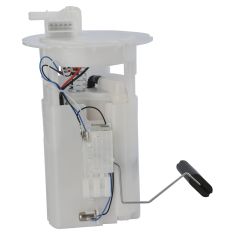1AFPU01360-Nissan Altima Fuel Pump Module Assembly TRQ FPA62037

Replaces
Nissan Altima Fuel Pump Module Assembly TRQ FPA62037

Frequently bought together
Product Reviews
Loading reviews
Customer Q&A
No questions have been asked about this item.














